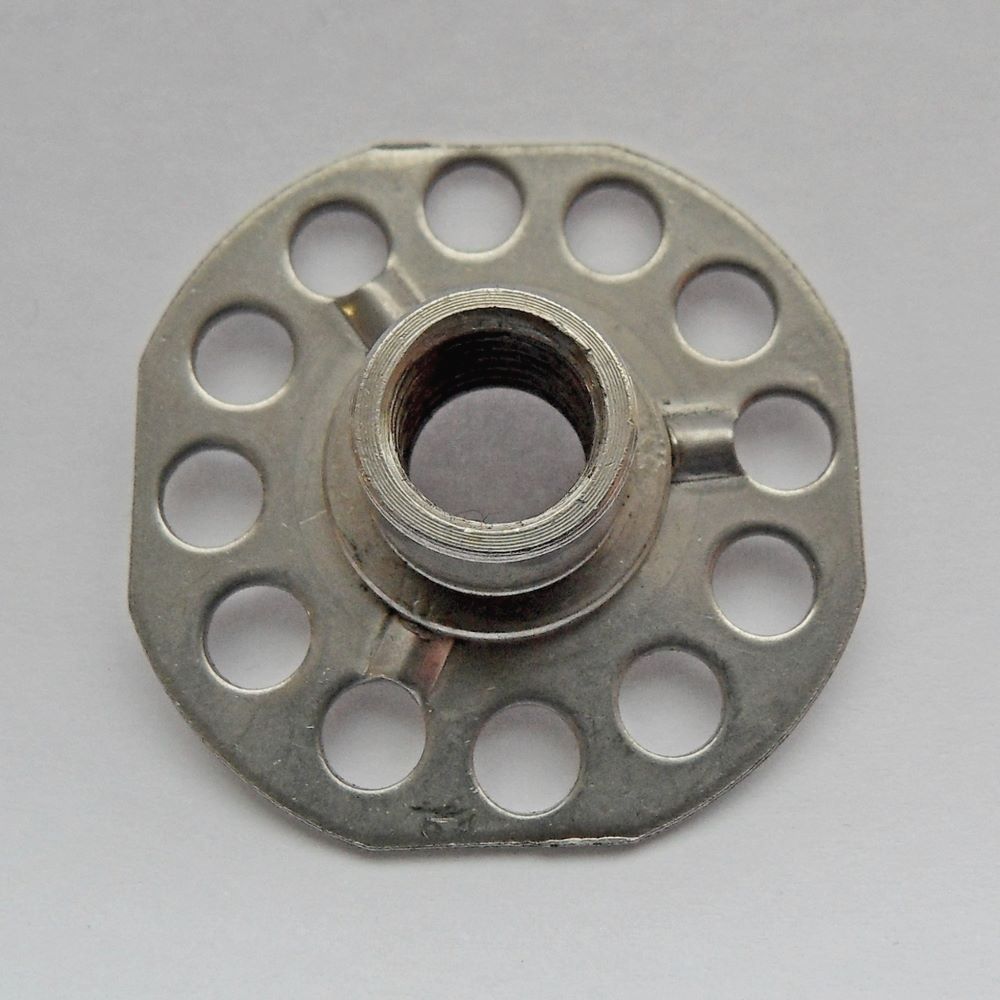Hi guys,
Im starting to design the engine tube mounts for my lola. I have some ideas on mind that i would like to cross check with you.
Some background here, This installation was based on another lola in which this engine was installed.
Please correct if any affirmation i do is not valid or you do not think like that
- Top mounts:
The top mounts on the other lola were in steel, and the main stud is threaded into the bracket and does not enter into the bulkhead monocoque. 2 brackets on each side were installed the original for the zytek engine (alloy bracket) and on top a new one in steel.
I do not see any benefit on reusing the old bracket so i will not put both brackets on each side, I will make one per side.
Note the extension on the side that fix bracket into the tube sides.
This is the tube of my lola on one side. old main stud and 4 support 1/4 bolts
Still need to check if possible to thread tube for new engine studs, as on right side of tube there is a big bore to pass the wiring loom and it might be at same location as where stud should go. see pic (highlighetd in red)
Will give more strength to place a thread insert in the monocoque and fix stud on it instead of threading and fixing into bracket ??
what about stud threaded into bracket and then inserted into the tube (no threaded part) to help with shear forces.
if threaded into bracket made of steel i will have better pull out strength but worse shear strength than threading into tube , however force will be transfer to bracket into the rest fixing points (old main stud thread and ~8 1/4 bolts) also helped by the side extensions of brackets, which should be more than enough i believe.
In case of using thread insert i see 2 options normal thread insert (bigsert or keensert) or boding insert (see pic), Good point of using bonding insert is that insert base will be bonded to bulkhead and on the other side of insert i will have the bracket which will help to prevent insert un-bonding on pull out forces. However I do not know if tighting torque on this insert is similar to normal inserts.

what material to use for the bracket ??, if made out of steel i believe will be cheaper as i think it can be done without machining, Also if finally stud is threaded into bracket this is the material to go.
bottom bracket will come later...






 Reply With Quote
Reply With Quote

